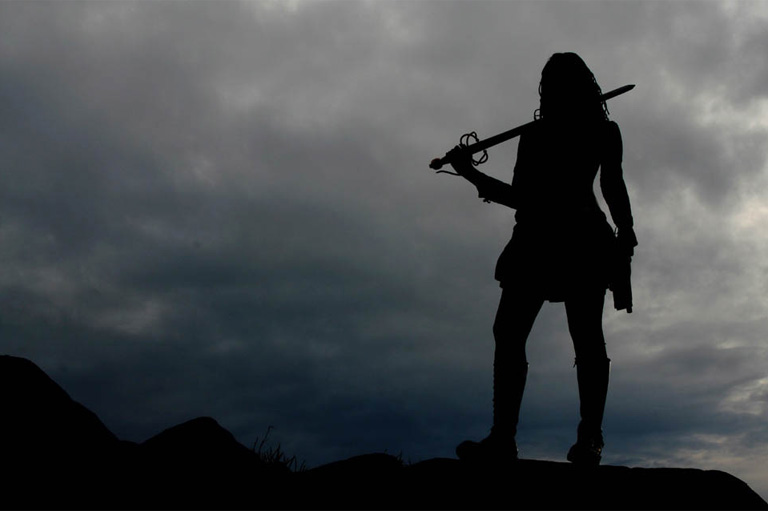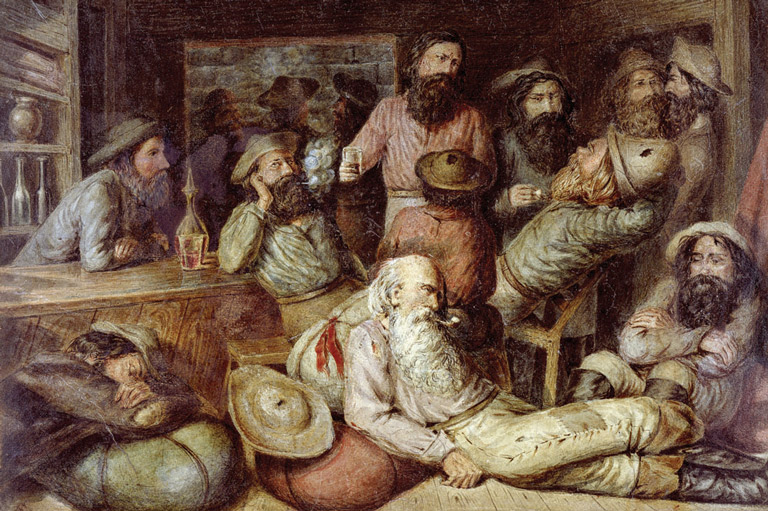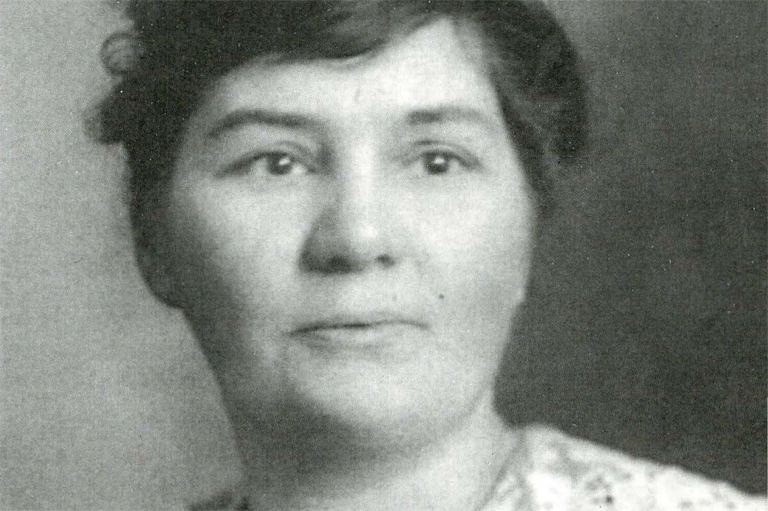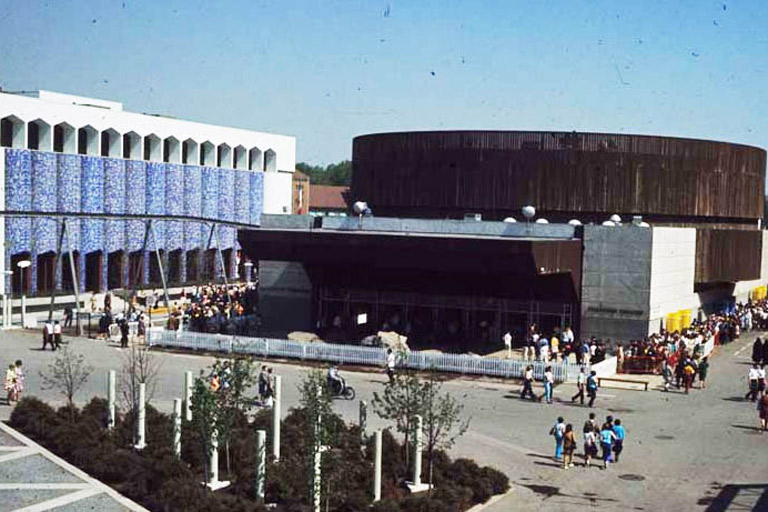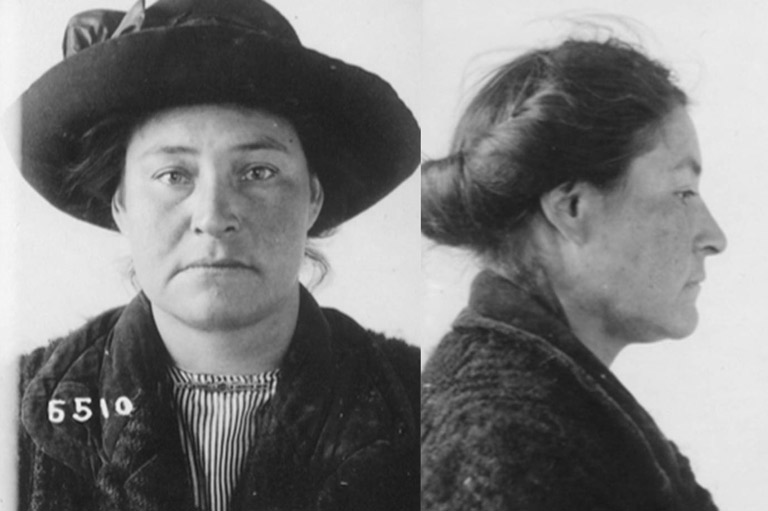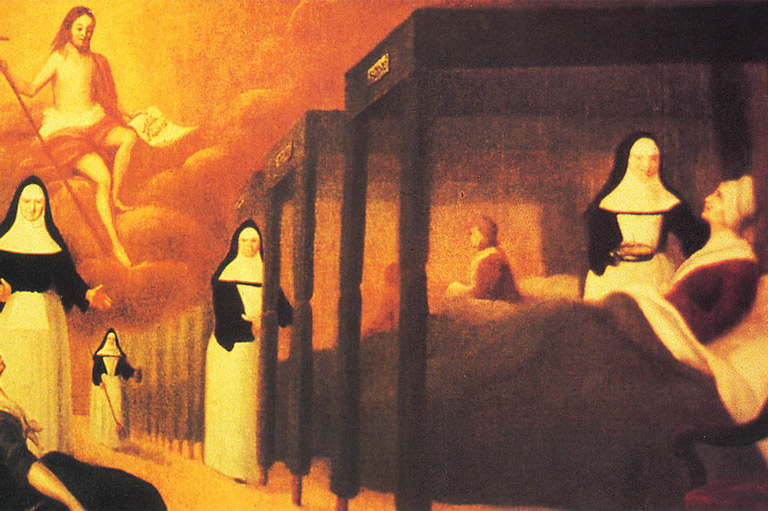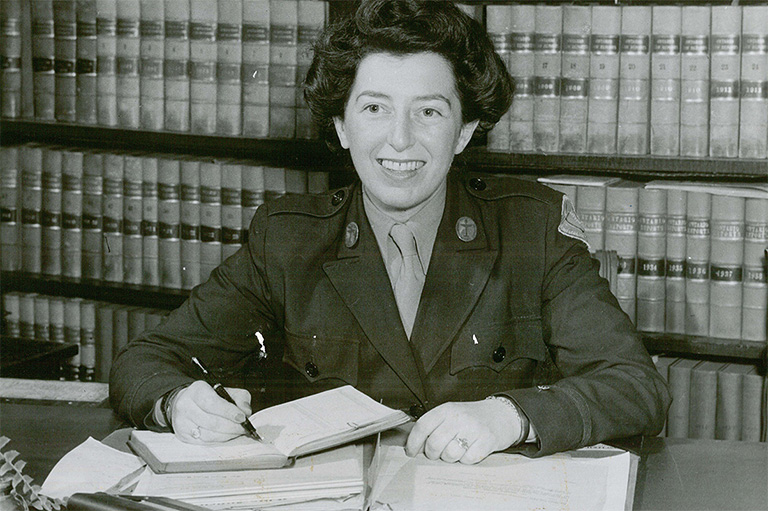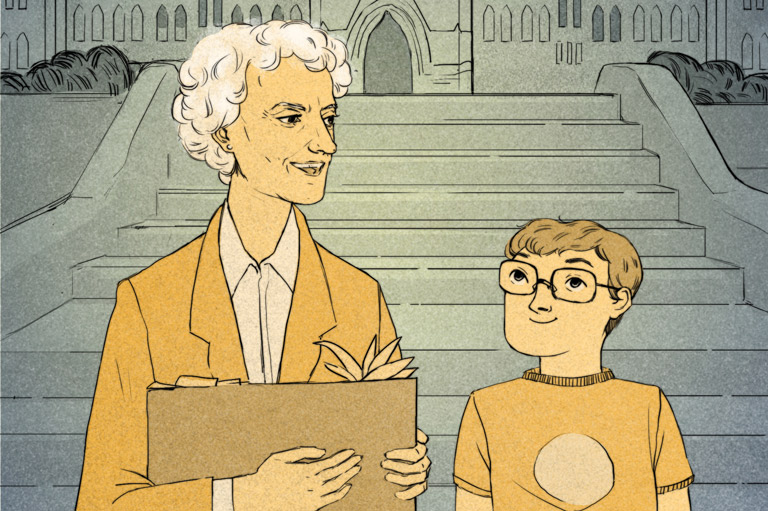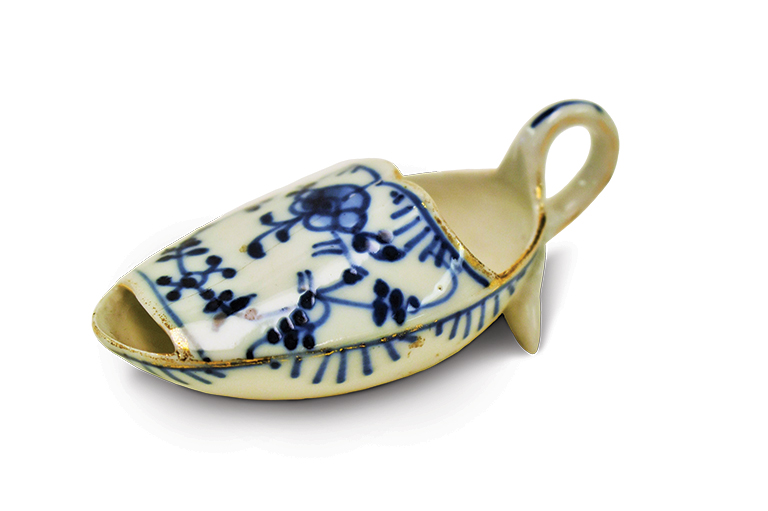Discover a wealth of interesting, entertaining and informative stories in each issue, delivered to you six times per year.
Annie Mae Aquash
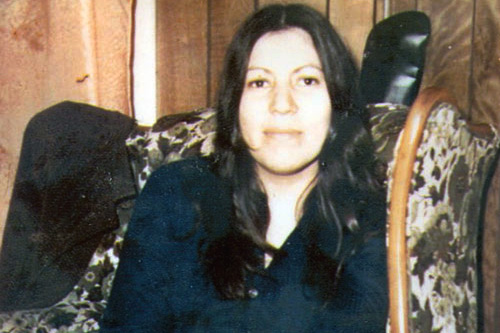
I imagine it was cold and windy the day they killed Annie Mae. I imagine her standing there on the precipice, knowing it was over, praying for her daughters. Was she terrified, or was she graced in those last few moments with courage, with faith, with the belief that her journey had been worth it?
Annie Mae Pictou was born in Nova Scotia on March 27, 1945 and raised on the reserve at Shubenacadie, and later, when her mother remarried, at Pictou Landing. Canada’s reserves had little to offer, and so Annie Mae, like many Maritime Indigenous people, migrated to Maine for the annual blueberry and potato harvest. In 1962, she headed for Boston with Jake Maloney, a Mi’kmaq from Shubenacadie, with whom she had two daughters, Denise and Deborah.
Many people who move to the city find themselves on skid row, and Annie Mae too found herself in Boston’s “combat zone.” But instead of succumbing to the siren call of booze and drugs, she began to work for change. She was one of the early organizers of the Boston Indian Council, which established housing, employment, and drug and alcohol programs. She worked in the early “survival schools,” educating young Indigenous people in an atmosphere that fostered a sense of pride in their culture and heritage.
Annie Mae hungered for faster change than survival schools could offer. When the American Indian Movement occupied Wounded Knee in 1973, Annie Mae and her lover Nogeeshik Aquash chose to join the protesters. Placing her two daughters in the care of her sister Mary, she left for South Dakota, running food and medical supplies into besieged Wounded Knee. Once inside, she dug bunkers and took part in nightly patrols with the men. She and Nogeeshik were married at Wounded Knee, in a traditional ceremony symbolizing their commitment to traditional values. Annie Mae had thrown her lot in with the warriors.
She became a leader in AIM, but she lost neither her connection to the women nor her commitment to systematic community work. She trained physically with the men and sewed with the women, where she continued to espouse the importance of education, of healthy diet, of resistance.
Sign up for any of our newsletters and be eligible to win one of many book prizes available.
However, the American Indian Movement that Annie Mae embraced was already destabilized, infiltrated by agents for the FBI. The most well-known, Doug Durham, who passed himself off as one-quarter Chippewa, also rose swiftly within the ranks, taking charge of security, despite misgivings voiced by Annie Mae and the other women.
Durham’s exposure as a spy, and his subsequent bragging in the press about the FBI’s infiltration of AIM, made the AIM members paranoid and defensive, and suspicion fell on Annie Mae. After the shootout on Jumping Bull property in 1975 that killed two FBI agents and one Indigenous man and led eventually to the imprisonment of AIM leader Leonard Peltier, Annie Mae became a target of the FBI. She was picked up and questioned several times and released, which served to fuel rumours that she was an informant.
The last few times her family heard from her, Annie Mae had been arrested and knew she was in danger. She spoke of men being out to get her if the FBI didn’t get her first. In a prescient instruction, she told her sister to save her letters so that her daughters might know her. She never called home on Christmas 1975, and on February 24, 1976, her body was found at the base of the cliff in Wanblee, South Dakota. No one was charged with her murder for twenty-seven years.
The spirit of Annie Mae refused to die. Movies, documentaries, and books about the unsolved case continued to appear, and rumours continued to fly, in the press and on the Internet, about the involvement of AIM leaders in her execution. Then, at the end of March this year, there was an arrest and the promise of another.
The man who is charged worked security for AIM; he would have been twenty-one in 1975. When arrested, he was homeless in Denver. The other suspect, still at large, would have been about the same age. If these two men are convicted and go to jail for the murder of Annie Mae, will it be justice? Will it be enough for the family, for friends, for the legion of women like me who are compelled to speak and to work for Indigenous people because Annie Mae’s refusal to be silenced cost her her life?
If you believe that stories of women's history should be more widely known, help us do more.
Your donation of $10, $25, or whatever amount you like, will allow Canada’s History to share women’s stories with readers of all ages, ensuring the widest possible audience can access these stories for free.
Any amount helps, or better yet, start a monthly donation today. Your support makes all the difference. Thank you!
Themes associated with this article
Advertisement
You might also like...

Canada’s History Archive, featuring The Beaver, is now available for your browsing and searching pleasure!


